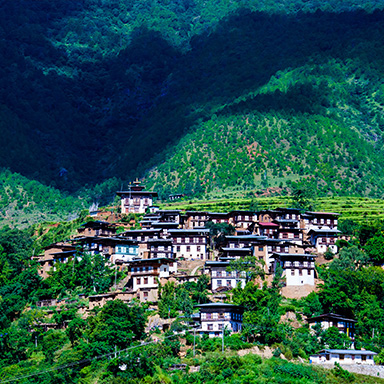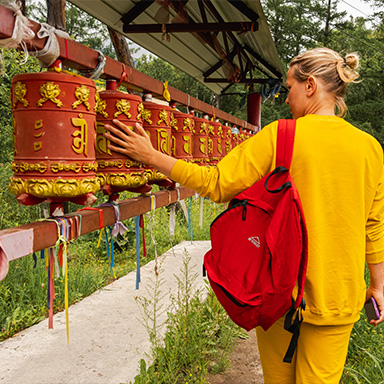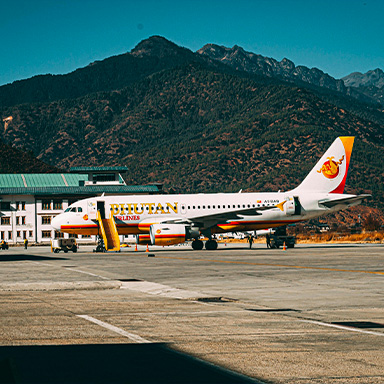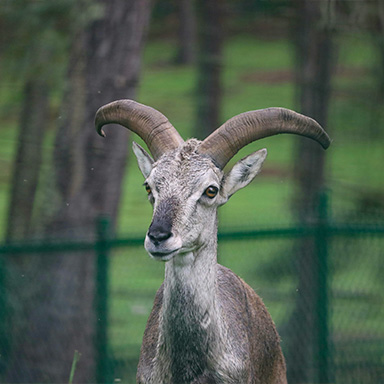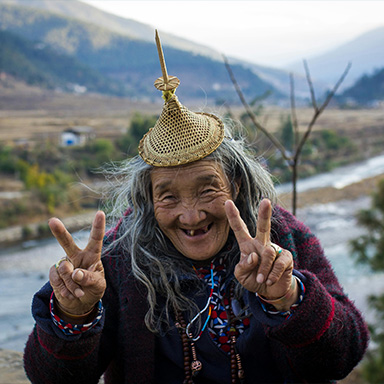When to Visit Bhutan

Best Time to Visit Bhutan: Climate Guide
Bhutan Weather Overview: Seasons and Climate
Bhutan’s climate is incredibly diverse due to its varied terrain, which ranges from low-altitude tropical forests in the south to towering Himalayan peaks in the north. Elevation in Bhutan spans from 200 meters above sea level in the southern foothills to over 7,000 meters in the northern regions. As a general rule, temperatures drop by about 7°C for every 1,000 meters of altitude gained.
The majority of Bhutan's population resides in central regions, where the climate is relatively stable, characterized by cool summers and mild winters. The north, bordering Tibet, experiences polar-like conditions with minimal precipitation, while the temperate center receives moderate rainfall ideal for agriculture. In contrast, southern Bhutan sees much heavier rainfall due to its subtropical climate.
Bhutan's Four Seasons and Monsoons
Bhutan experiences four distinct seasons, with the annual monsoon season sweeping up from India, typically coinciding with summer and early autumn. Here’s a breakdown of Bhutan’s seasons:
Winter (Late November to Early March)
Winter in Bhutan brings heavy snow to areas above 3,000 meters, while gale-force winds roar through mountain passes, giving Bhutan its nickname, "Land of the Thunder Dragon." High mountain regions face freezing temperatures, and remote villages may be inaccessible. However, central and southern Bhutan enjoy milder, sunny weather, making hiking still feasible. Temperatures in Paro can drop as low as -6°C in January, though the south remains significantly warmer.
Spring (Early March to Mid-April)
Spring is relatively short in Bhutan, with mild temperatures and blossoming wildflowers as the snow melts. Low humidity and rainfall make this an ideal time to visit, especially for witnessing stunning Himalayan panoramas. Spring is also a popular time for trekking, as the clear skies provide excellent views.
Summer (Mid-April to Mid-September)
Summer in Bhutan brings warmer temperatures, but also high humidity and the risk of monsoon rains, especially from June onward. Southern Bhutan experiences the heaviest rainfall, which can lead to flash floods affecting rural areas and travel. Despite the rain, temperatures can soar, with highs of up to 31.5°C in the east. Nights in the northern regions, however, remain cooler.
Autumn (Late September to Early November)
Autumn is another peak travel season in Bhutan, offering crisp, bright, and sunny days. The skies are clear, and the views of the surrounding landscapes and mountains are breathtaking. Higher elevations may experience early snowfall as autumn progresses, and this season is perfect for outdoor adventures and festivals.
Year-Round Accommodation and Travel Tips
No matter the season, accommodations in Bhutan are well-prepared to ensure comfort. In winter, electric heaters or open fires, along with cozy blankets, provide warmth, while summer visitors will benefit from light clothing with a few warm layers for cooler evenings. Rain gear is essential during the monsoon season, and it’s always wise to prepare for changing temperatures, especially in higher altitudes. Whether you visit Bhutan in spring for the flowers, autumn for the festivals, or winter for its tranquility, the country’s diverse climate offers something magical year-round.



